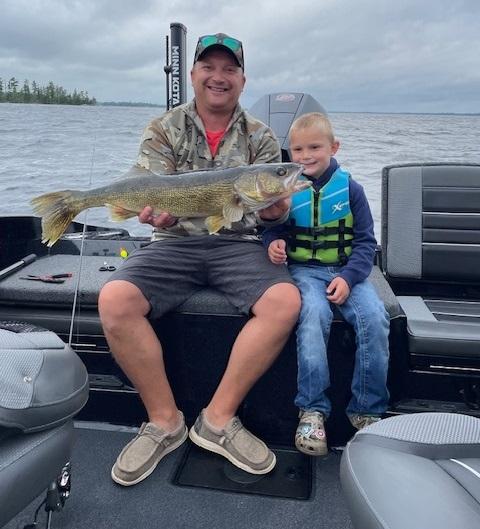
Nice one
Sammy Brown, 5, caught and released this 29-inch walleye July 23 while fishing Rainy Lake with his great grandfather Bob Brown, Bob’s daughter Vicki, grandson… Login to continue reading Login…

Sammy Brown, 5, caught and released this 29-inch walleye July 23 while fishing Rainy Lake with his great grandfather Bob Brown, Bob’s daughter Vicki, grandson… Login to continue reading Login…
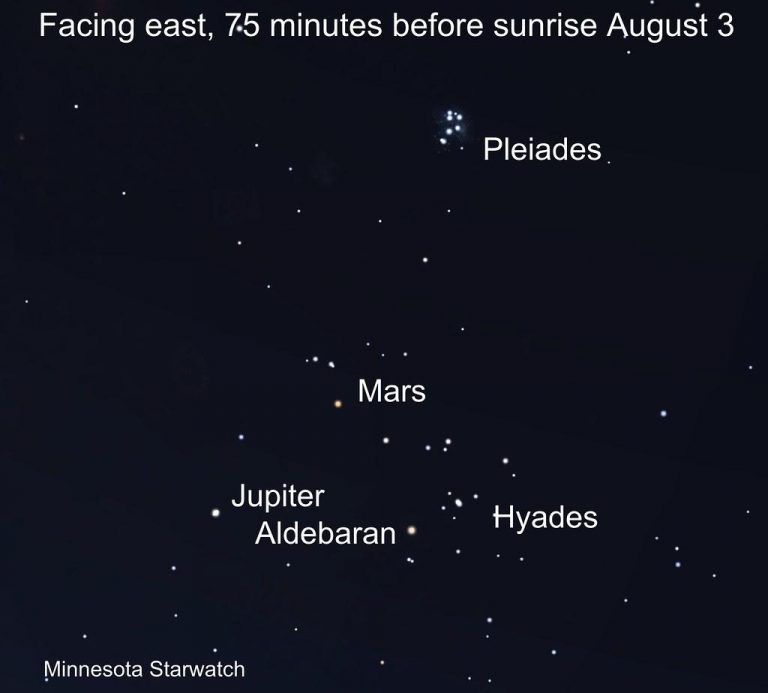
By DEANE MORRISONIn August we’re treated to two astronomical shows, one annual and one rare.The annual show is the Perseid meteor shower, which peaks in the moonless mornings of the 11th, 12th and 13th.
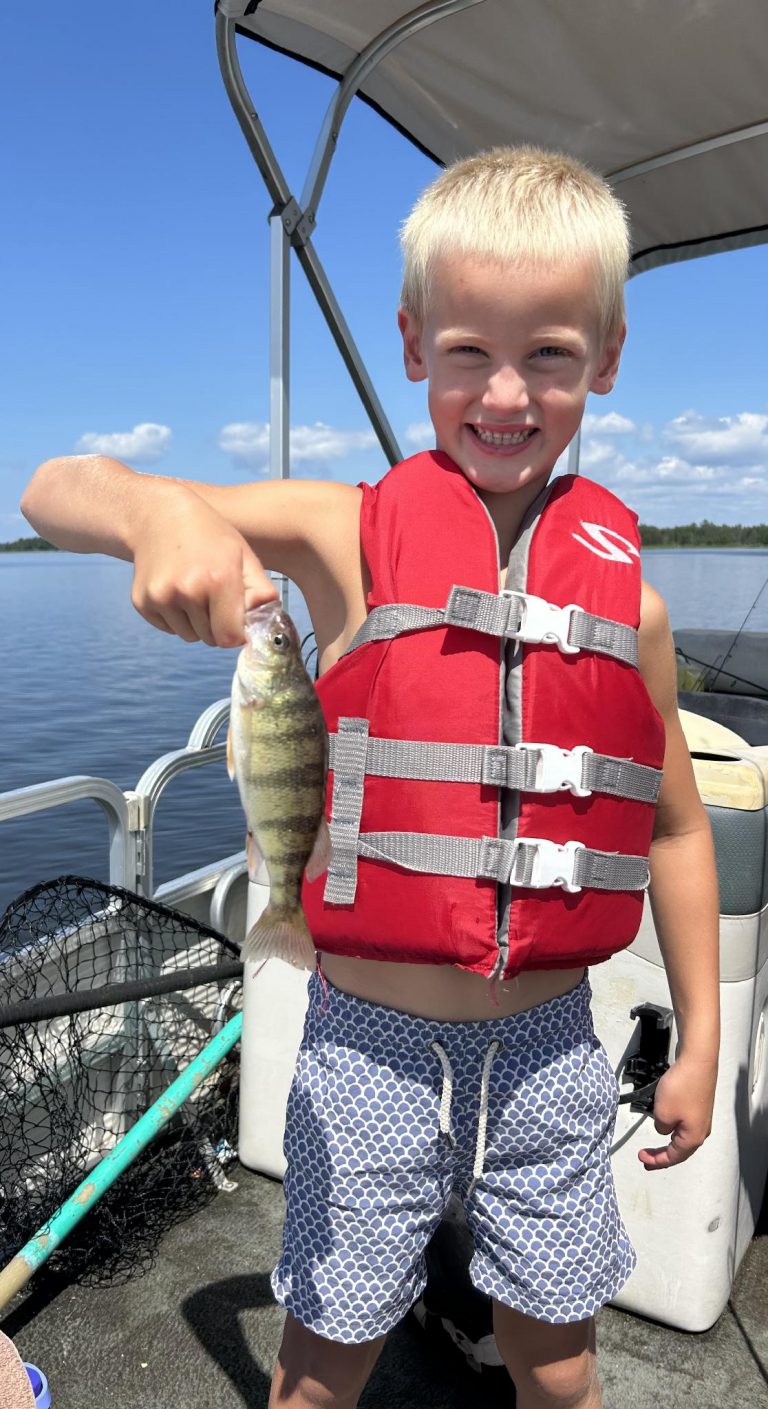
With most fish and fisherman going deep this time of year, there are a certain number of smaller fish that stay in the safety of shallow water along the shorelines and in bays.

District 5-EvelethMondayCO Darrin Kittelson (International Falls #1) spent the week instructing the cadets of CO Academy 23 at Camp Ripley.CO Curtis Simonson (International Falls #2) reports working Rainy Lake and the Rainy River this past week.

The beauty and wonder of the night sky can be experienced at the annual Star Party, featuring a series of free astronomy events taking place Aug.
The Minnesota Department of Natural Resources has scheduled two public auctions of confiscated fishing, hunting, and trapping equipment.

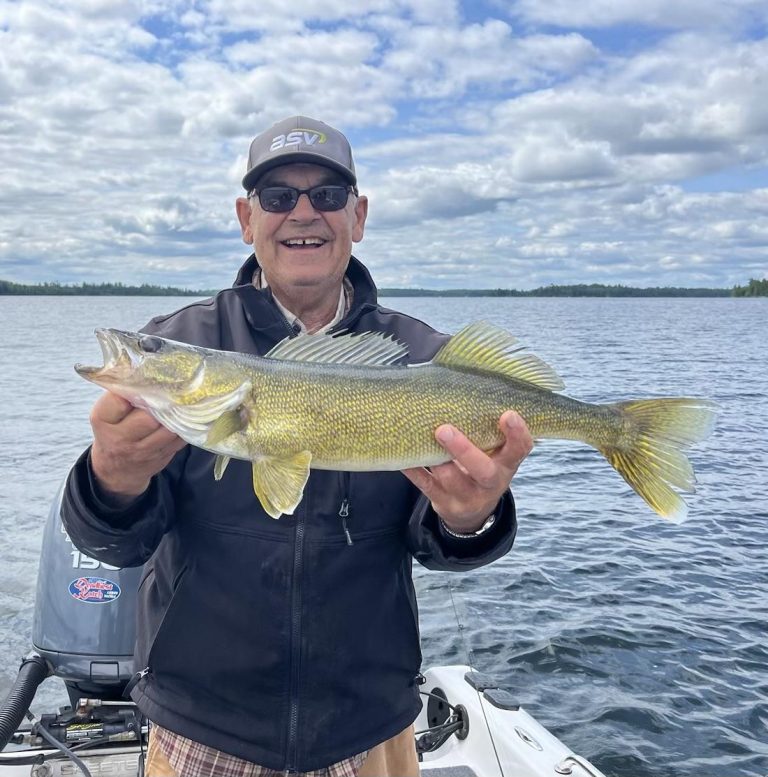
It’s here…the summer pattern is in full swing.

The Fort Frances Canadian Bass Championship three-day catch-and-release tournament on Rainy Lake concluded Saturday.The top 10 finishers, with their three-day weight totals, are:1.
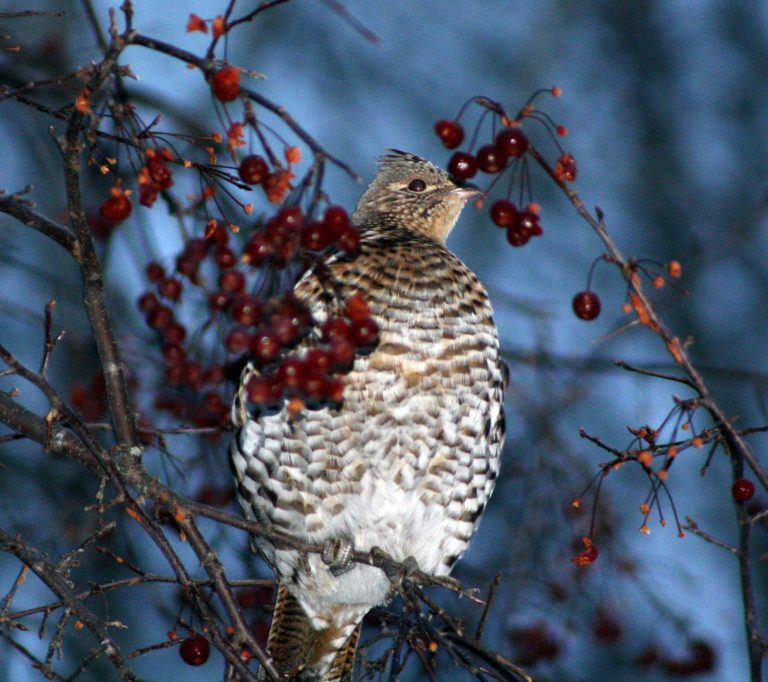
Minnesota’s ruffed grouse spring population counts are similar to last year and to other recent peaks in the 10-year population cycle of grouse — a pattern recorded for 73 years, according to a study from the Minnesota Department of Natural Resources.The Minnesota DNR and its partners use spring drumming counts to help monitor the ruffed grouse breeding population through time.The recent grouse population trend includes a low point in the cycle in 2021 that was not as low as previous lows, followed by the highest peak this year since 1972.Warm temperatures and dry conditions that favor high nest success and chick survival the last few years may partly explain the quicker than expected rise to peak levels in the 10-year cycle.